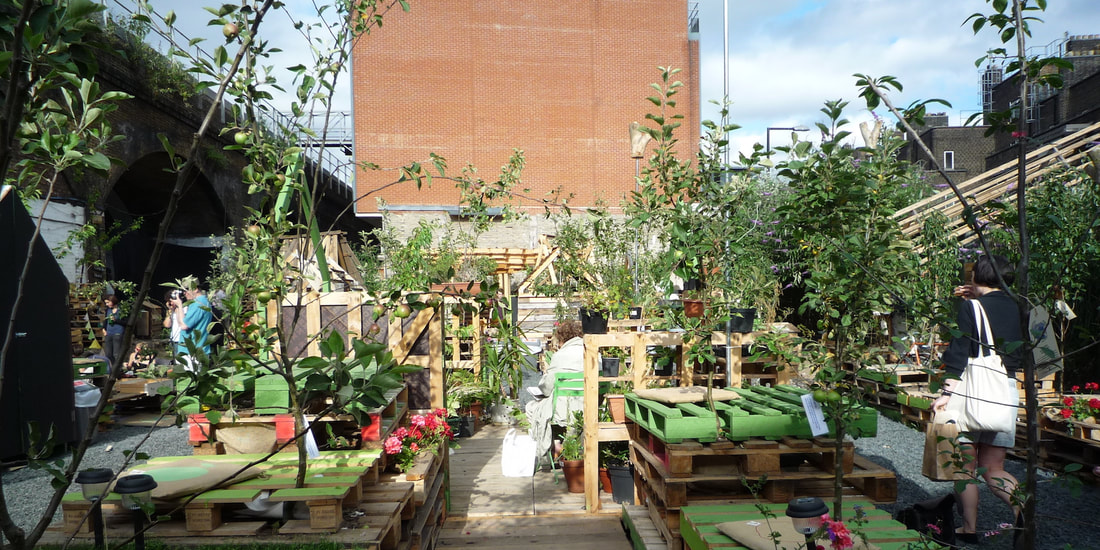|
CREDIT: Image: Drawing of Southampton Guildhall Square Summer Lounge with urban rug artwork, Amanda Moore Recently I have had the opportunity to work on urban activation projects in collaboration with Studio B.A.D Architects. These projects are focussed on bringing more people into town centres which have been struggling to compete with online retail growth and have then subsequently been hit by a series of COVID-19 lockdowns. These activation projects aim to offer people experiences as an attractor to the High Street in the form of public art, street performance, music, hospitality and leisure. Many involve repurposing the built environment rather than building additional large-scale elements. Interventions are often lightweight to include; repainting, murals, window vinyls, furniture insertions, re-cladding building, altering building layouts, temporary/moveable/reusable structures ... etc. This led me to question why it is that within traditional architectural practice, the starting point for typical new projects often involves a feasibility study to determine how much more building can fit onto a site rather than robustly testing lightweight approaches such as alterations to existing buildings or even use of off-site existing buildings or homes where some functions could be more remote. The conclusion may still be to build more, or different, buildings. Is it because of the way in which the standard architectural fee structure is set up? This is usually based on a percentage of the project construction value. Often architects do not charge for early feasibility work when this is actually providing a valuable architectural service to the client. The goal seems to be to 'get a building'. CREDIT: Image: Nomadic Allotments, Union Street Orchard, London, something removed but not replaced. But should the client firstly be advised as to what they could achieve without more heavyweight building? Not building something is the most carbon-friendly approach to design in times where there is suddenly a renewed interest in the climate emergency, now that we are experiencing nature's fightback in the form of more frequent extreme weather events.
Would working more regularly on a time charge basis, (with some lump sum guidance for each work stage), change the way in which lightweight approaches are considered as architects are often instrumental in the client defining their brief? Architects have much more to offer than just planning and detailing new buildings. They also have an ability to analyse and critique existing spaces, current uses and have an objective view on ethical approaches to projects...
0 Comments
|
AuthorWhat am I doing here? I'm collecting sea water to fill 1,000 bottles and hang them from a scaffold inside an old ruin. Why? Why not? Archives
December 2023
Categories
All
|




 RSS Feed
RSS Feed